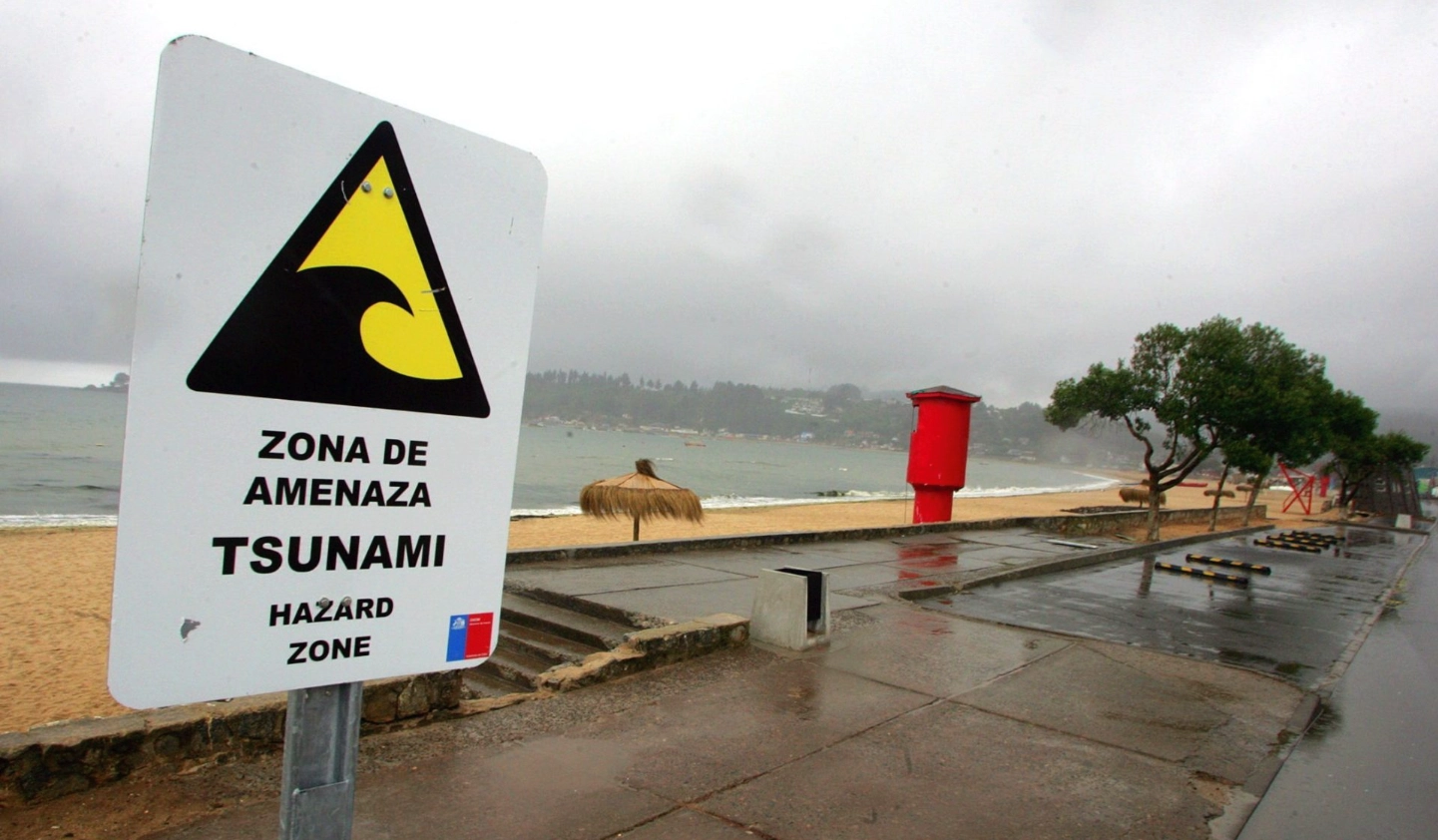Climate change, the result of human activity and evidenced in phenomena such as heat waves, heavy rains, droughts, and atmospheric and water pollution, has significant influence on public health. Recently, experience and scientific observation have shown how these climate change-induced events not only cause considerable economic losses in the region but also result in the unfortunate loss of tens of thousands of lives.
According to a report by the World Meteorological Organization (WMO), the number of extreme heat-related deaths in people over the age of 65 has increased by 70% in two decades. In addition, rainfall variability impacts the availability and quality of freshwater, increasing pollution and facilitating the spread of diseases. These climate changes can also aggravate malnutrition and undernutrition by making food production more difficult. According to the WMO report, in 2020 the number of food insecure people increased by 98 million compared to the period 1981-2010.
Air pollution, responsible for 7 million premature deaths each year, generates respiratory, cardiovascular, and dermatological problems, as well as a negative impact on eye health. Moreover, warm conditions promote the release of allergens, which increases respiratory diseases. These risks particularly affect women, children, the elderly, ethnic minorities, disadvantaged communities, and people with pre-existing health conditions.
According to the World Health Organization (WHO), around 250,000 additional deaths are projected annually between 2030 and 2050 due to the effects of climate change. Given this socio-environmental scenario, what are the measures that could be implemented to mitigate these risks and minimize their impacts on society?
How to adapt: early warning systems
One of the measures to face the effects of climate change is the development of early warning systems, commonly used for disaster risk management. Some governments issue warnings for heat waves accompanied by recommendations to prevent their effects on health, as is the case of Argentina’s “early warning system for extreme temperatures”.
Early warning systems monitor climate information and create indicators to provide data to facilitate decision-making and the design of strategies and public policies. In the field of health, an indicator is a measure used to describe and monitor a health characteristic within a population. For example, it could be the mortality rate from respiratory diseases or the number of hospitalizations due to heat.
Often, information on climate, environment, and health is presented in a fragmented manner, at different temporal and spatial scales, making it difficult to access and use. For example, let us assume the intention to investigate how air temperature affects dengue cases at a specific time of the year. Despite having daily temperature data, it is common that dengue cases are not reported as public or open data with the same periodicity. The lack of detailed data makes it difficult to identify when dengue cases increased and to correlate with temperature variation, presenting challenges both in communication between data providers and data users and in the development of effective public health policies.
Robust and comprehensive information systems with reliable, accurate, and up-to-date data are crucial. In the Southern Cone, several professionals from public administration, civil society, and academia, with research in the fields of health sciences, social sciences and atmospheric sciences, are designing a digital platform focused on five specific problem areas: gestational health, chronic diseases, occupational health, water safety, and food systems. This platform, whose development involves the participation of numerous research institutes from CONICET and the National University of Córdoba, the University of Buenos Aires and the University of São Paulo (Brazil), the Inter-American Heart Foundation of Argentina, and the National Meteorological Service, among others, seeks to integrate information on climate, environment, and health, promoting the active participation of users in the creation of relevant indicators.
With the future implementation of the platform, the aim is to promote data collection and the creation of indicators to strengthen an integrated surveillance and monitoring system at the regional level. This system will be geared towards evidence-based decision-making. Just as Google Maps provides a variety of information on different aspects, this platform will offer indicators that connect climate, environment, and health in an agile and accessible format for risk management and health planning.
*Translated by Janaína Ruviaro da Silva from the original in Spanish.












